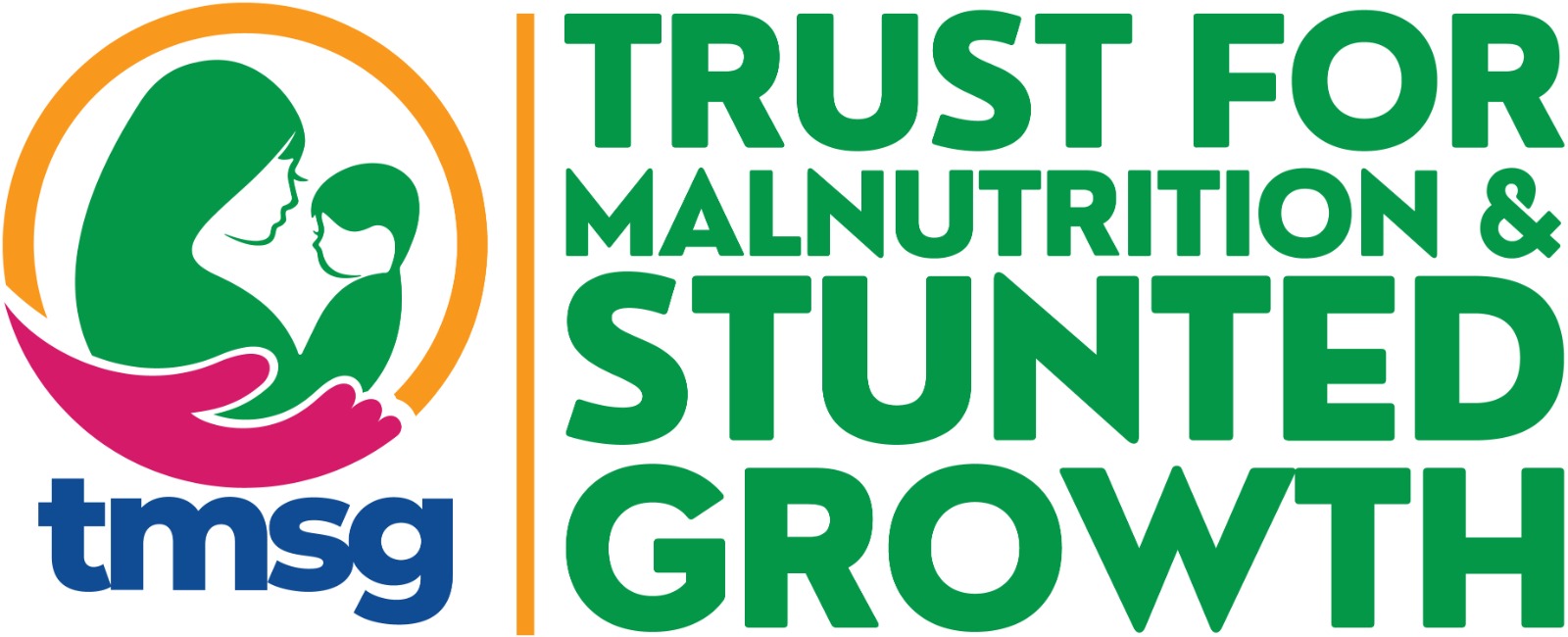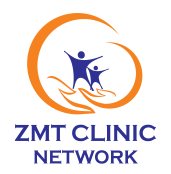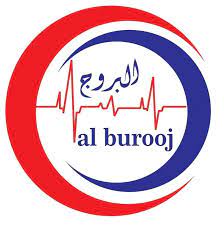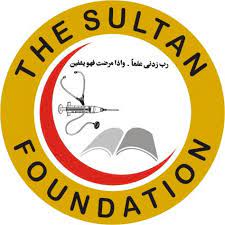Archives
Child malnutrition is an insidious yet destructive crisis that claims the lives of hundreds of thousands of children annually in Pakistan. As per 2018 National Nutrition Survey 40.2% of the child population is stunted, 17.7% wasted and 33% underweight, with resultant deaths and adverse impact on the economy. 12 million children under five are affected. The long-standing issue of malnourishment and stunting in Pakistan has garnered recognition from both the government and international agencies, who are now dedicating increased attention to address it. Malnutrition is a condition that arises from either insufficient or excessive intake of nutrients, an imbalanced consumption of essential nutrients, or impaired utilization of nutrients. Stunting negatively affects brain function, leading to an inability for children to properly absorb learning or function effectively once their brain development ceases – a problem that can persist into adulthood with physical impairments.

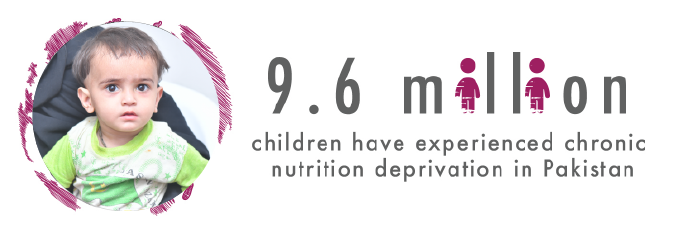
become a volunteer
Donate to support
become a partner
Join us as a partner and embark on a collaborative journey towards shared success and growth.
Children of any age can be malnourished, but most children who suffer from both severe and acute malnutrition are between 6 months to 5 years of age. Malnourishment is diagnosed by measuring the middle upper arm circumference (MUAC). The tape is colored red for severe malnutrition, yellow for moderate malnutrition and green for normal.

Want to help
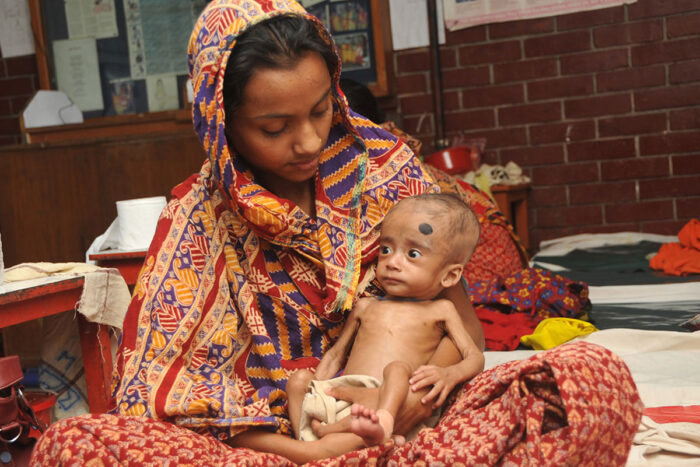
OUR SOLUTION
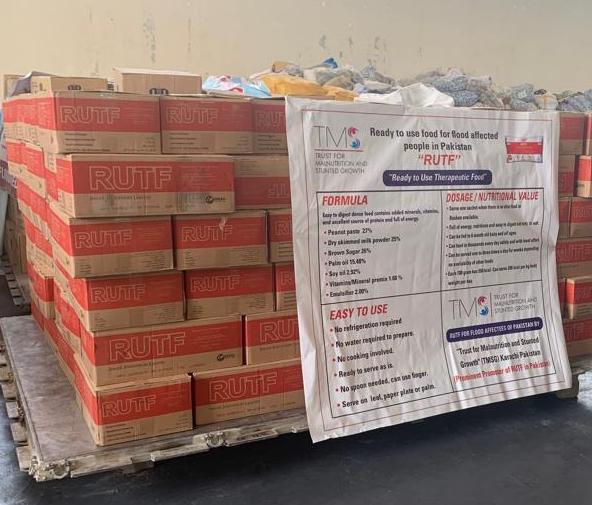
A trust called “Trust for Malnutrition and Stunted Growth” (TMSG) was registered in Karachi in November 2018. The key sponsor is the Rotary Club of St. Catharines South in Canada, which is providing financial support along with other Rotary Clubs in North America, and the Rotary Club of Karachi as the host club in Pakistan.
The Trust for Malnutrition and Stunted Growth provides treatment for severely and moderately malnourished children with stunted growth by offering therapeutic food (RUTF) and supplementary food (RUSF). The Trust was formed to address the serious issue of malnutrition and stunting in Pakistan, which affects 40.2% of the child population as per the 2018 National Nutrition Survey, with 17.7% wasted and 33% underweight, resulting in deaths and adverse impacts on the economy. Around 12 million children under five are affected by this problem, and the government and international agencies are providing added focus to tackle it. Stunting affects the brain’s ability to function correctly, and a child cannot absorb learning or function adequately once brain development stops, which can continue into adulthood with physical impairment.

TMSG aims to provide Ready to use Therapeutic/Supplementary Food (RUTF & RUSF) to treat the menace of malnutrition, expand outreach, and reduce treatment costs by substituting imports. TMSG can reach out for training in malnutrition where needed. RUTF is peanut-based, and RUSF is chickpea-based, and each 92-gram sachet provides 500 calories, which can be fed daily to a malnourished child for 6-8 weeks as an outpatient. Local production has now started, and the sachet costs approximately Pak Rupees 50 (US $0.35) or Rupees 3000 (US$20) per child’s treatment cost. TMSG has an excellent relationship with a local, highly professional key supplier to the World Food Program (WFP) and UN Agencies for RUTF & RUSF.


